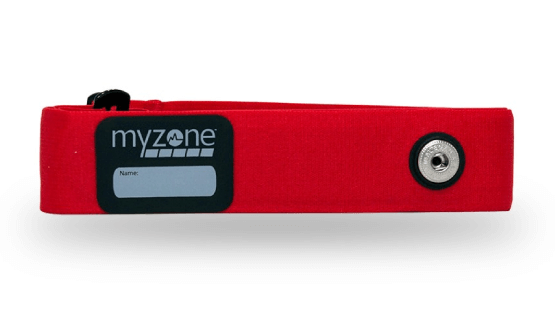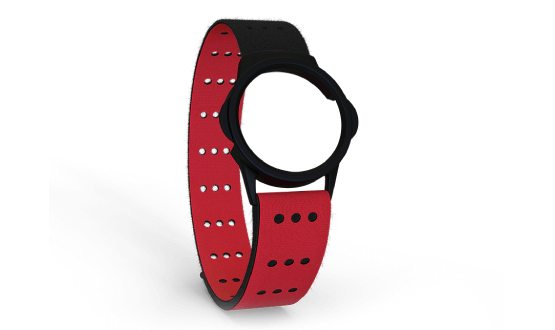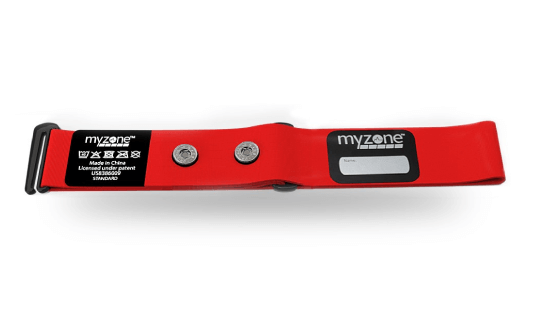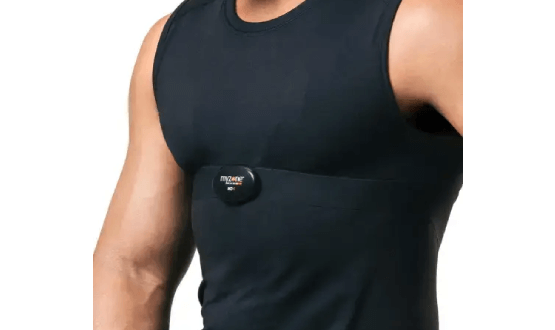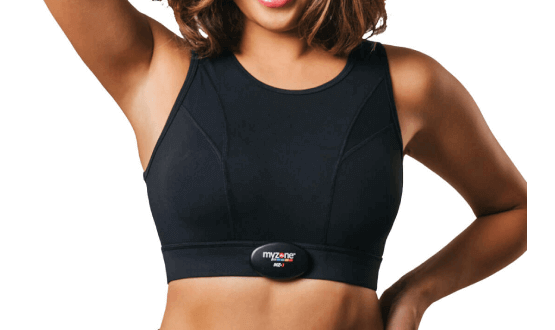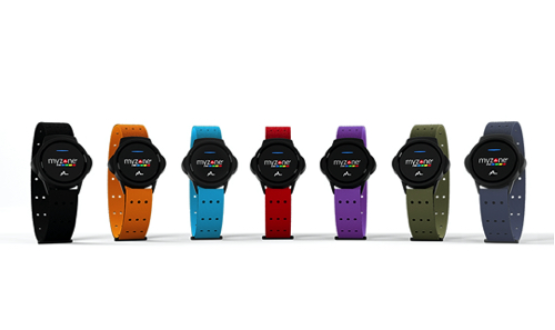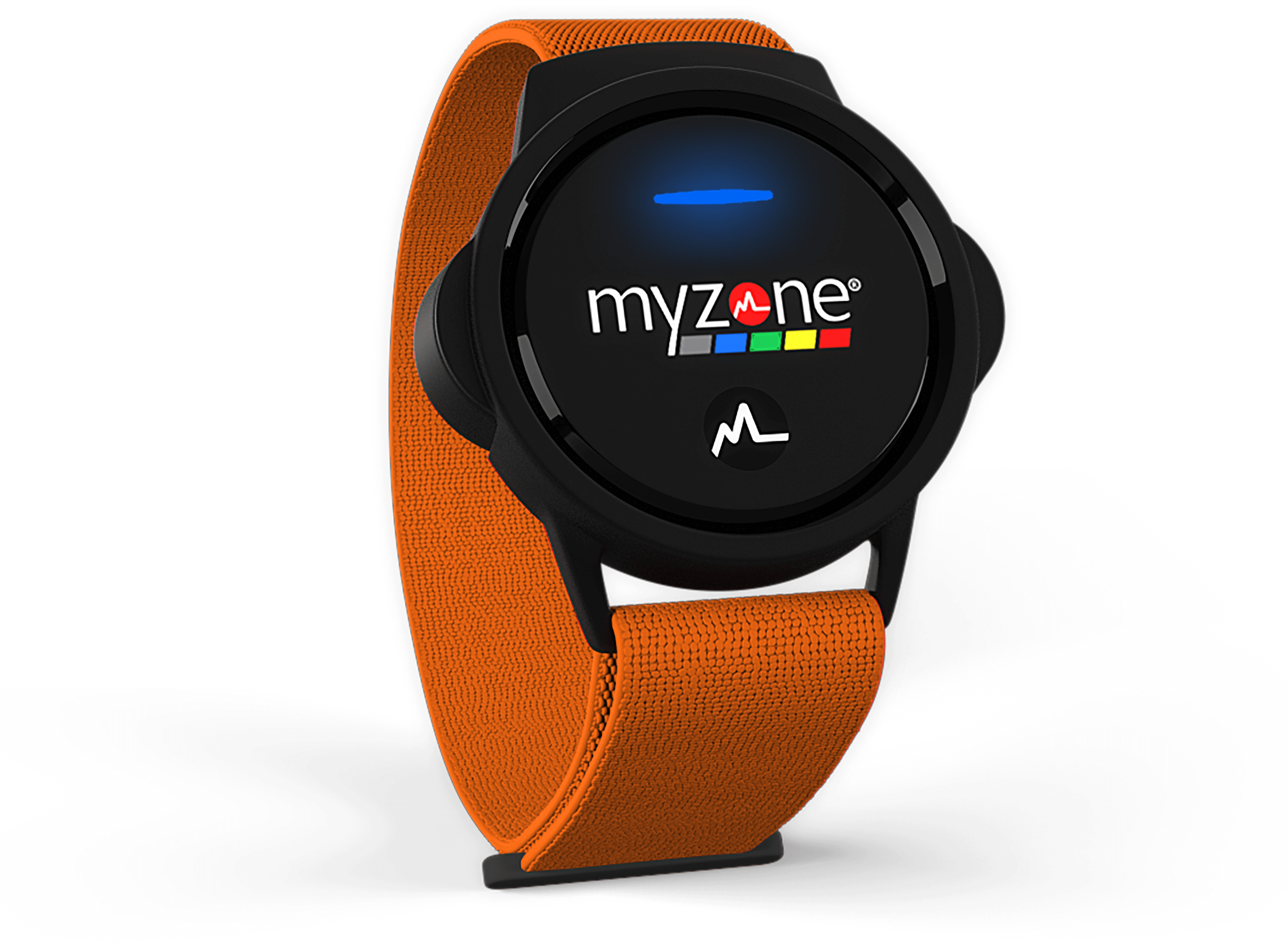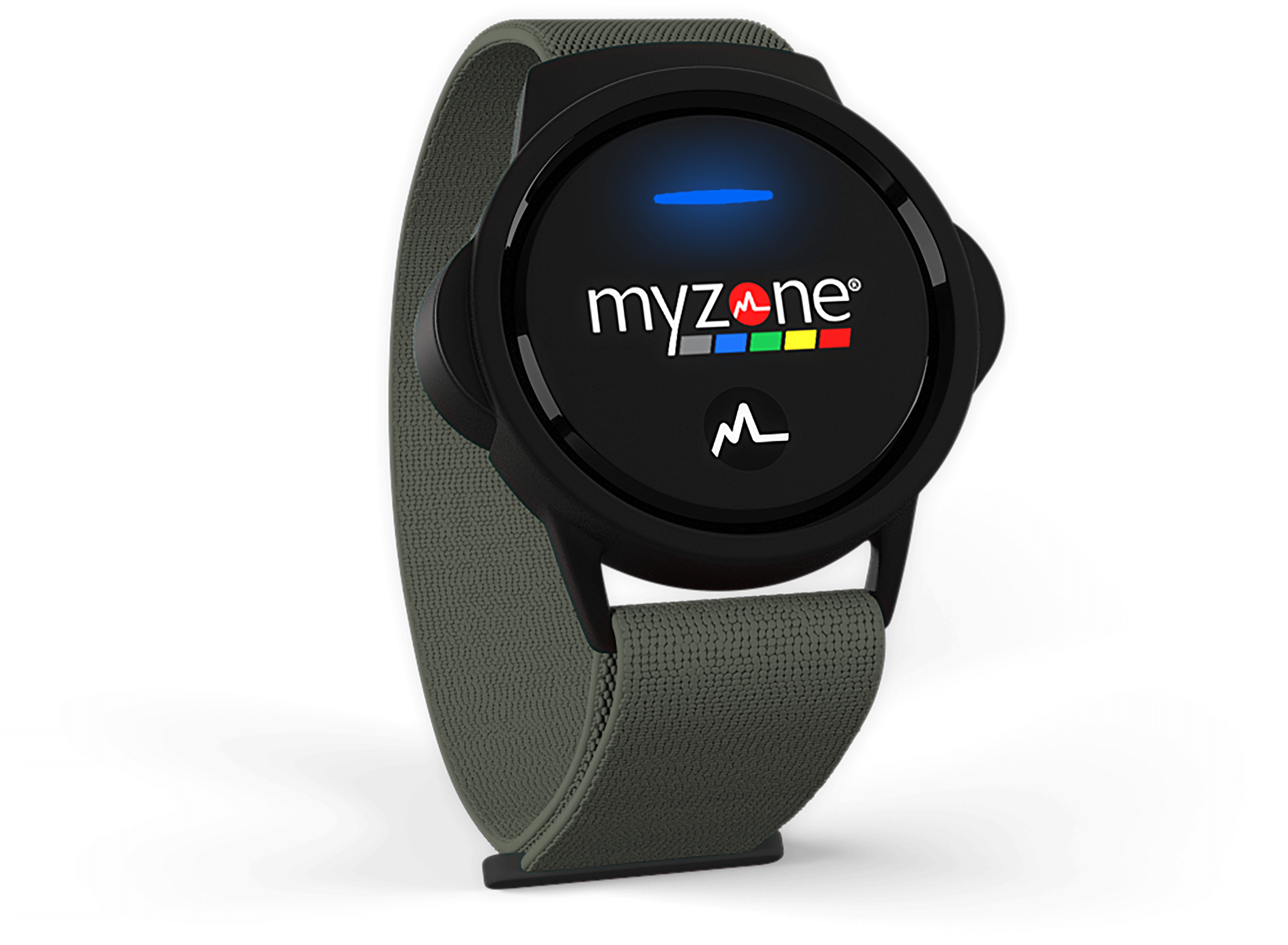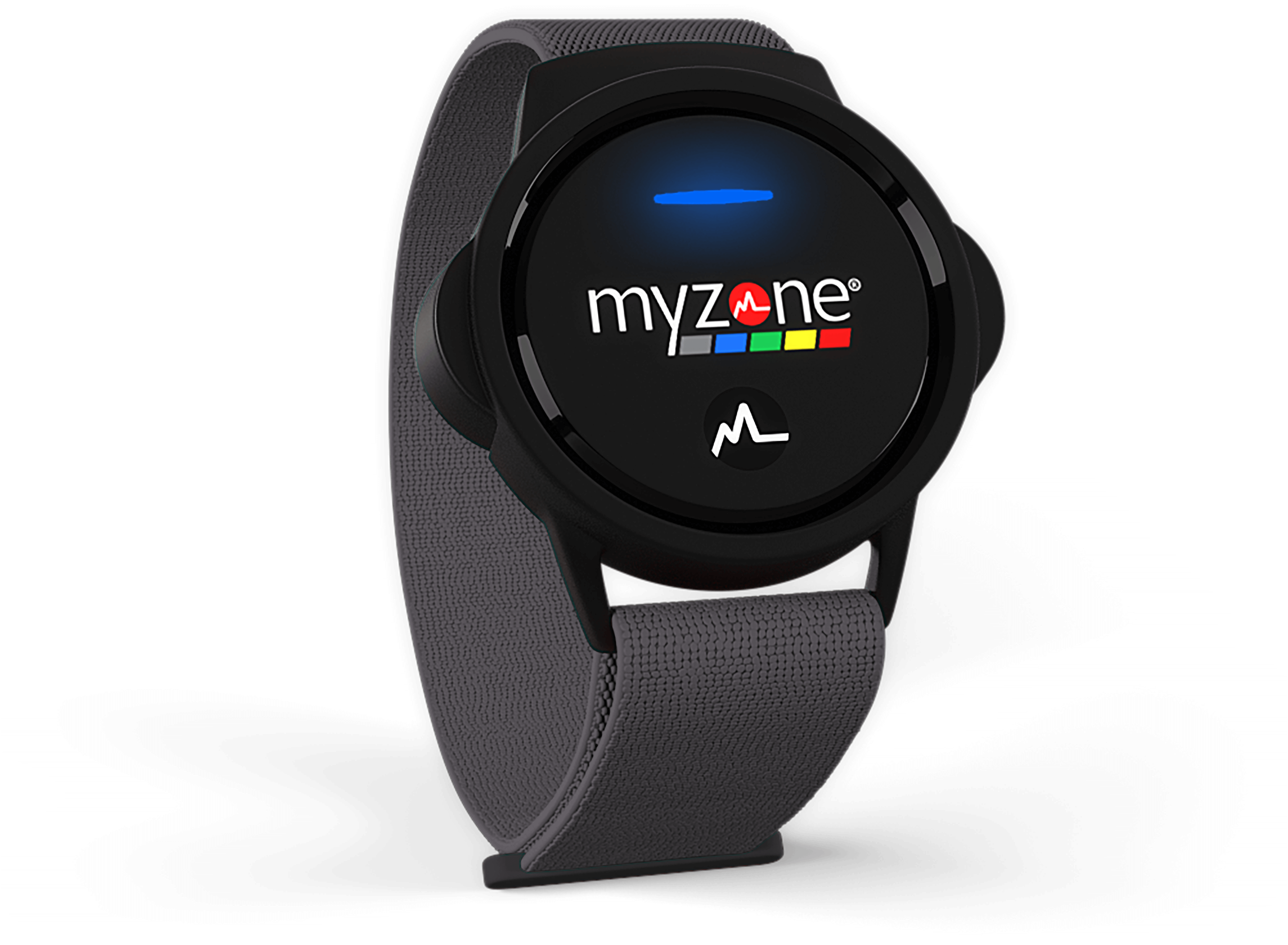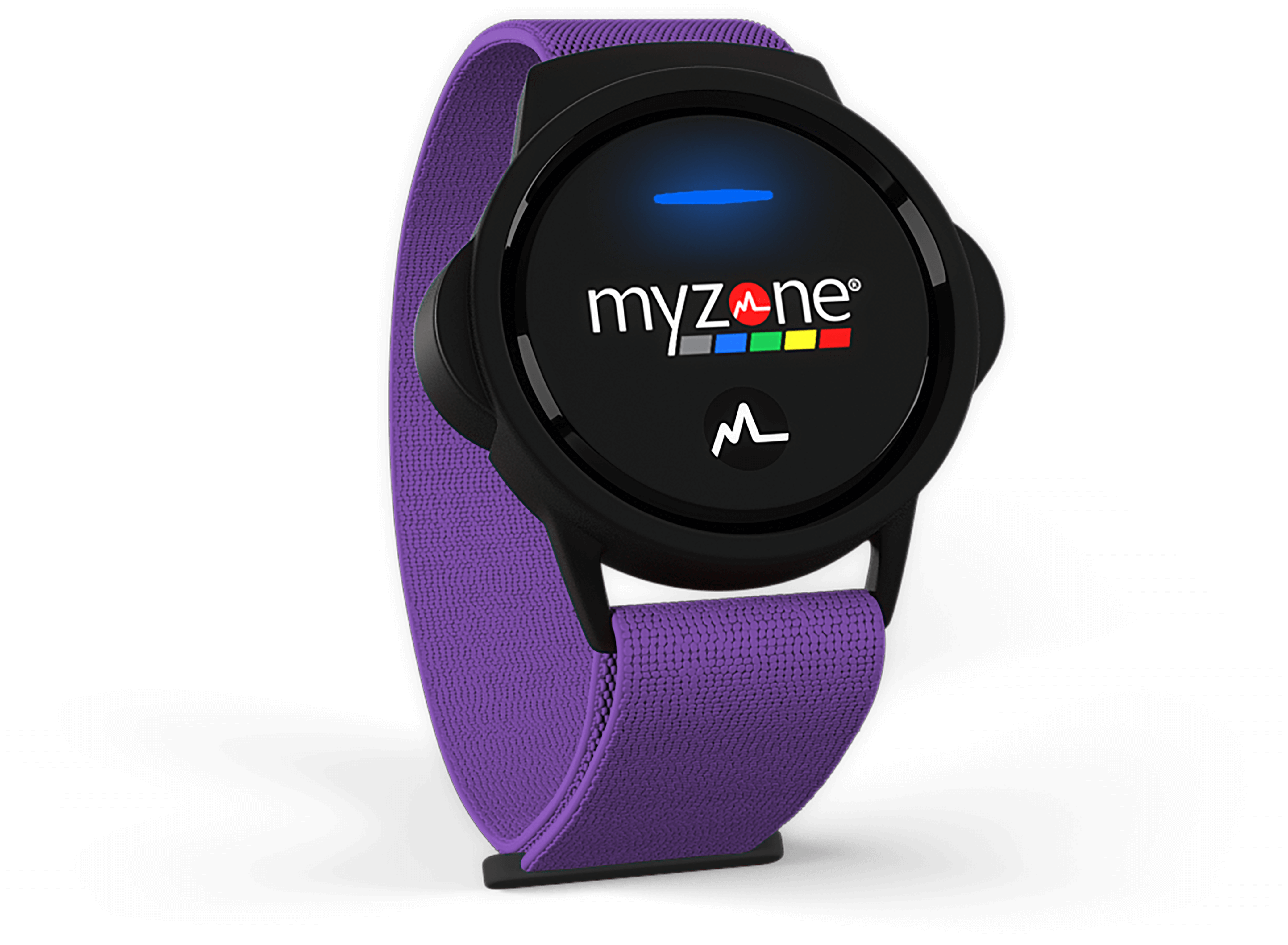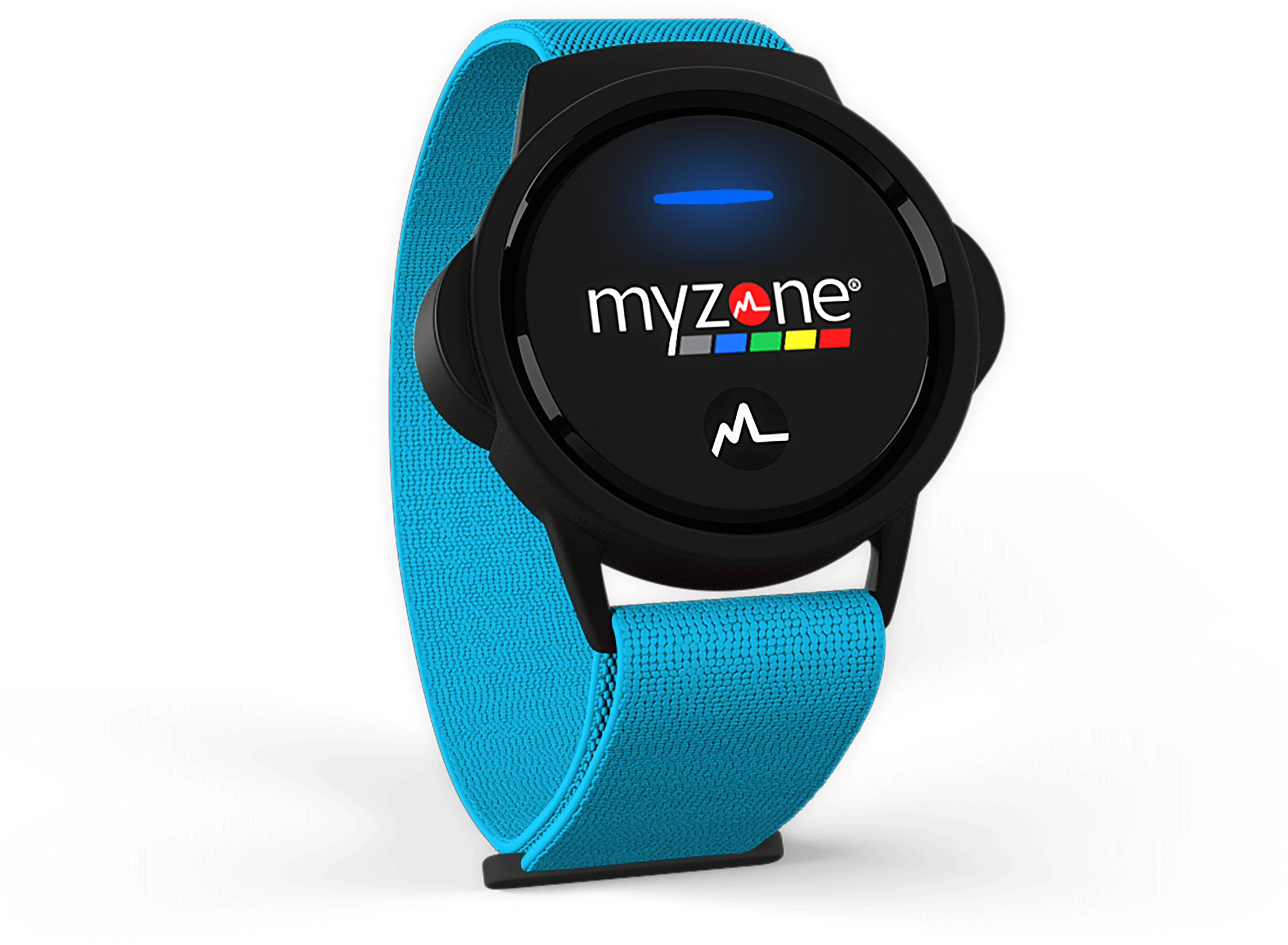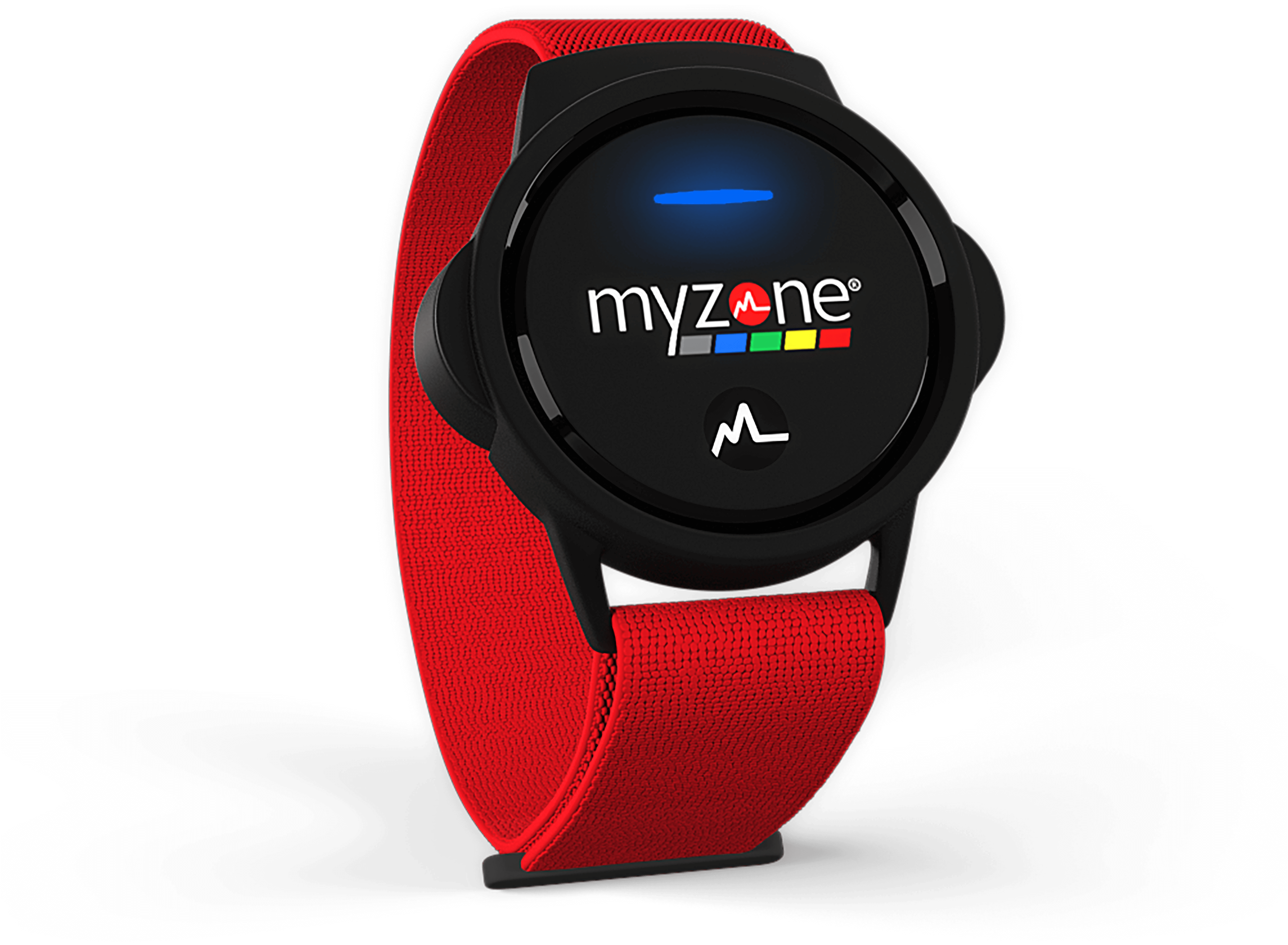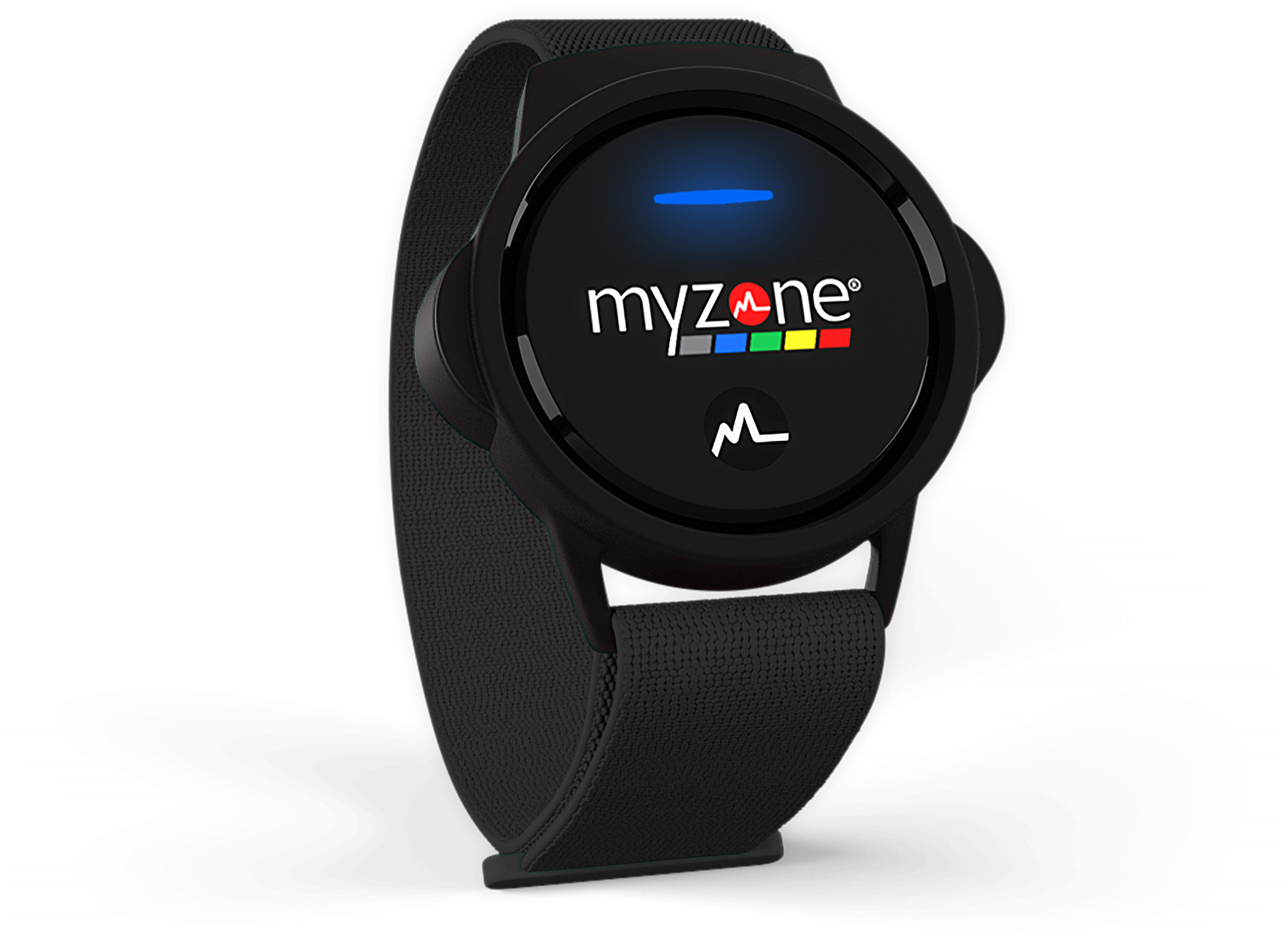High intensity interval training (HIIT) has been one of the most popular forms of training for the past few years, and we see it all the time in magazines, on group fitness schedules, and in research! We'll talk about HIIT, and how it works well with MYZONE's heart rate tracker app.
So, what exactly is HIIT, and how does one go about organizing their HIIT workouts? A HIIT workout is a series of high-intensity work periods followed by low or moderate intensity recovery periods. For example, in a sprint workout, you may perform 5 to 6 sets of an all-out sprint for 15 to 30 seconds followed by a 30 to 60 second recovery period where you walk or jog lightly. You can perform HIIT with different modes of exercise, and there are a multitude of ways to organize your training…in fact, it can be a little overwhelming.
This blog post is dedicated to helping you organize your HIIT to maximize the available benefits! We will also provide a sample HIIT workout using the MYZONE heart rate tracker zones at the end of the blog.
Let’s first start with a few of the benefits to be gained from HIIT. When performing HIIT, you are able to reach higher intensities than you would be if you were performing continuous training because you are only touching those higher intensities for a short period of time. Recent research has demonstrated that HIIT improved maximal oxygen uptake (VO2max) to a greater extent than continuous training of the same duration. Maximal oxygen uptake is our ability to take in oxygen and get it to our working muscles, and for our working muscles to extract the oxygen and use it to make energy. HIIT sets us up to be able to sustain higher intensities for longer durations as we train because we are improving our ability to use oxygen efficiently.
A second benefit of HIIT is a higher excess post-exercise oxygen consumption (EPOC) or afterburn effect. EPOC or afterburn refers to the extra energy it takes us to recover from a workout (in terms of burning calories at a higher rate than we were before we started exercising). We are burning calories at a higher rate as we recover from a HIIT workout than we are when recovering from a continuous training bout of low to moderate intensity. Therefore, not only are we likely to burn as many or more calories during a HIIT workout as we are during a continuous workout of the same duration, but we are also likely to burn more calories afterward as we recover.
A third benefit of HIIT is that we can shorten the duration of our workout because we are working at higher intensities (we are doing more work in a shorter period of time). A solid HIIT workout will only take 20 to 30 minutes to perform, and you will still glean a variety health and fitness benefits. You don’t need to spend hours in the gym to get a solid workout in!
We’ll stop there with benefits, although the list continues.
Now, on to the big question: How do I organize my HIIT workouts to maximize the benefits?
We’ll unpack the answer to this question using the F.I.T.T. framework. You may remember from previous blogs that F.I.T.T. stands for Frequency, Intensity, Time, and Type.
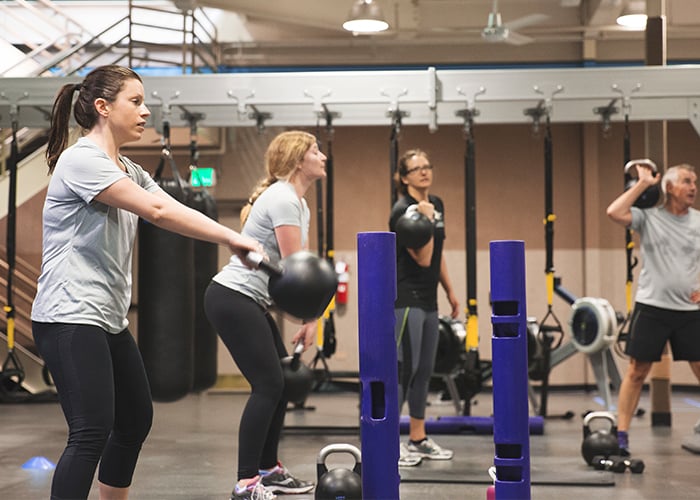
Frequency: How Often
Because HIIT training is demanding from both a physiological and a psychological perspective, we recommend that you incorporate a maximum of 2 to 3 HIIT sessions into your weekly routine. Of course, play around with what works best for your body and mind.
Bottom Line: 2-3 times per week
Intensity: How Hard
During the work phase of your HIIT workout, you should be performing at maximal or near maximal effort. In terms of MYZONE zones to aim for during the work phase, YELLOW and RED are your target zones. If you are using the rate of perceived exertion (RPE) scale as a comparison, you should aim for an 8 to 10 on the scale with 10 being maximal effort.
During the recovery phase of your HIIT workout, you should aim to recover as much as possible. You can do this passively (not performing any activity), or actively (performing light activity). Depending on the length of your recovery period, you might aim for the GREEN zone as a target recovery zone; however, this will depend on how high of an intensity you hit during the work phase and the length of your recovery period.
Your average intensity throughout the HIIT workout should be somewhere in the YELLOW zone.
Bottom Line: Aim for YELLOW or RED during the work phase. Aim for GREEN during the recovery phase. Aim for an average of YELLOW for the total workout.

Time: How Long
We are going to break down time in several ways: 1. Total duration of the HIIT workout and 2. Duration of each interval.
As mentioned earlier, the total duration of your HIIT workout does not need to be more than 20 to 30 minutes (with a warm up and cool down on either side).
The way you organize the duration of each interval will depend on your training goals and fitness level. If you are brand new to HIIT, you will want to organize your work-to-recovery ratio with more time for recovery. We recommend a gradual progression from a 1-to-4 work-to-recovery ratio to a 4-to-1 work-to-recovery ratio.
For example, if you start with a work phase of 15 seconds, you would provide a recovery phase of 60 seconds (15 sec: 60 sec). You would repeat this pattern for a total of 12 to 15 intervals to complete your workout.
As your fitness improves over a few weeks, you would progress your ratio to 1-to-3 and recover for 45 seconds rather than 60 (15 sec: 45 sec). Then you would progress to 1-to-2 and push 15, recover 30 (15 sec: 30 sec). Next, you would use a 1-to-1 ratio (15 sec: 15 sec), then a 2-to-1 (30 sec: 15 sec), then 3-to-1 (45 sec: 15 sec), and finally 4-to-1 (60 sec: 15 sec).
As always, listen to your body to determine when and how much it is appropriate to progress your work-to-recovery ratio. You can also play around with different interval durations. For example, you may use a 60-second work phase and a 120-second recovery phase. We recommend maxing out your work phases at 120 seconds until you feel you are at a very advanced fitness level (then you could play with longer intervals).
Bottom Line: The total duration of your HIIT workout should be 20 to 30 minutes. Use a work-to-recovery ratio of 1-to-4 and gradually progress to a ratio of 4-to-1 using interval lengths of up to 120 seconds per phase.

Type: Mode of Exercise
You can perform HIIT with both cardio and resistance training. If you are using HIIT with resistance training, you will most likely want to select exercises and weights for muscular endurance and perform a circuit-based workout. For example, you might do squat jumps for 30 seconds during the work phase, and then perform single leg deadlifts during the 30-second recovery phase (or you might just walk around lightly to recover).
Bottom Line: HIIT can be used for both cardio and resistance training!
Below is a sample HIIT workout that you can perform using cardio or resistance exercise. The work-to-recovery ratio is 1-to-1, so this is a HIIT workout for an intermediate or advanced exerciser. Make sure you're using your MYZONE heart rate tracker to see your MEPs.
Sample HIIT Workout
Warm Up: 5 minutes in BLUE and GREEN
HIIT: 10 intervals at a 1-to-1 work-to-recovery ratio; Total duration = 15 minutes
Intervals 1-5: 30 seconds WORK, 30 seconds RECOVER
- WORK for 30 seconds in YELLOW or RED, and RECOVER as much as possible (AMAP) for 30 seconds – try to hit GREEN if possible.
Intervals 6-10: 60 seconds WORK, 60 seconds RECOVER
- WORK for 60 seconds in YELLOW or RED, and RECOVER AMAP for 60 seconds – try to hit GREEN if possible.
Cool Down: 3 to 5 minutes in BLUE
Share your HIIT workouts with us! Use the hashtags #effortrewarded and #myzonemoves when you post your workout pics!
For more tips on how to use the MYZONE heart rate tracker follow us during Fitness Fridays on Facebook Live (subscribe on MYZONE’s Facebook Page) – 8 am PT, 11 am ET, and check out our MYZONE Moves Podcast on iTunes or Google Play.
Keep moving forward!




